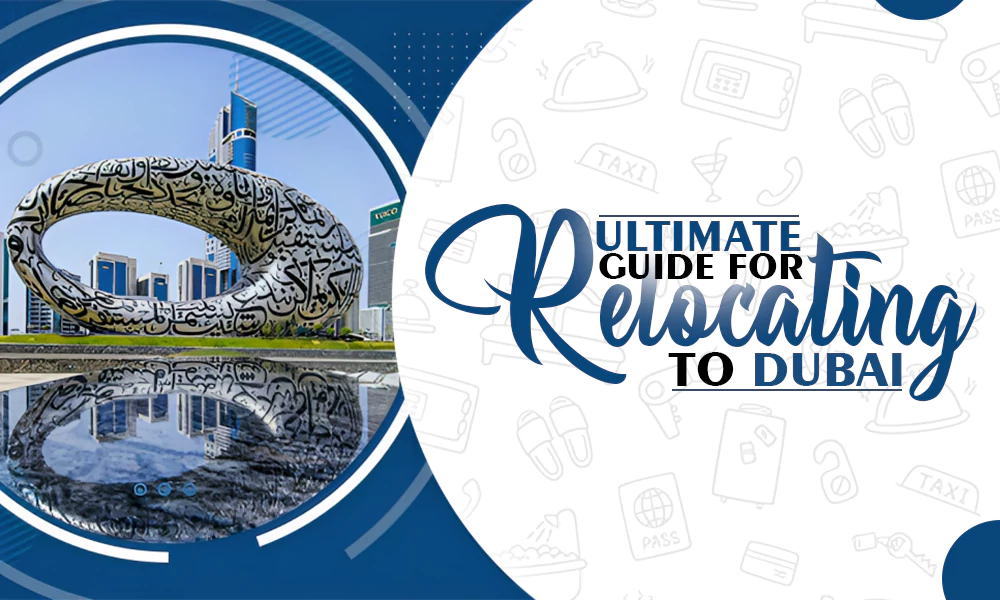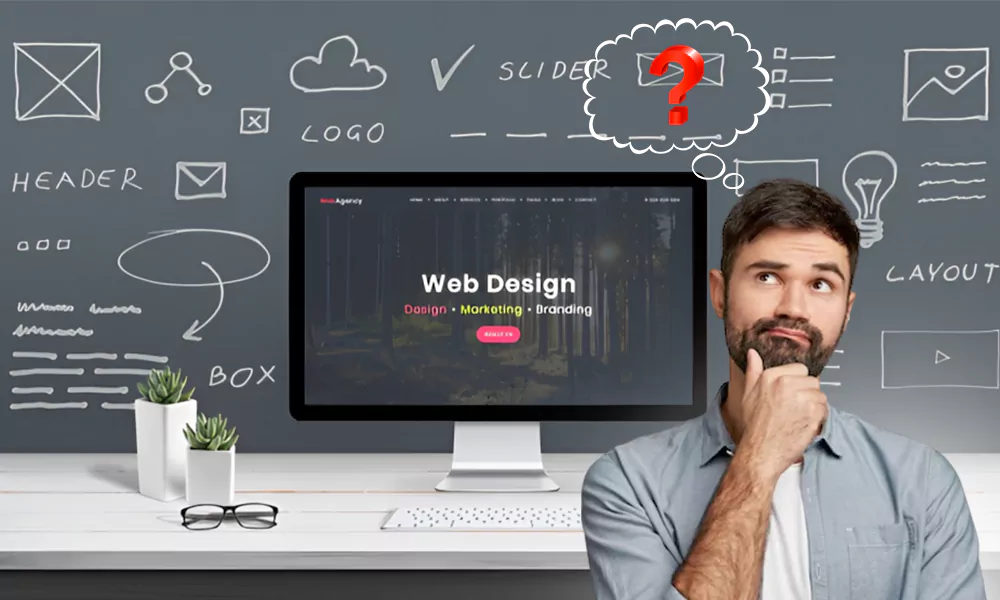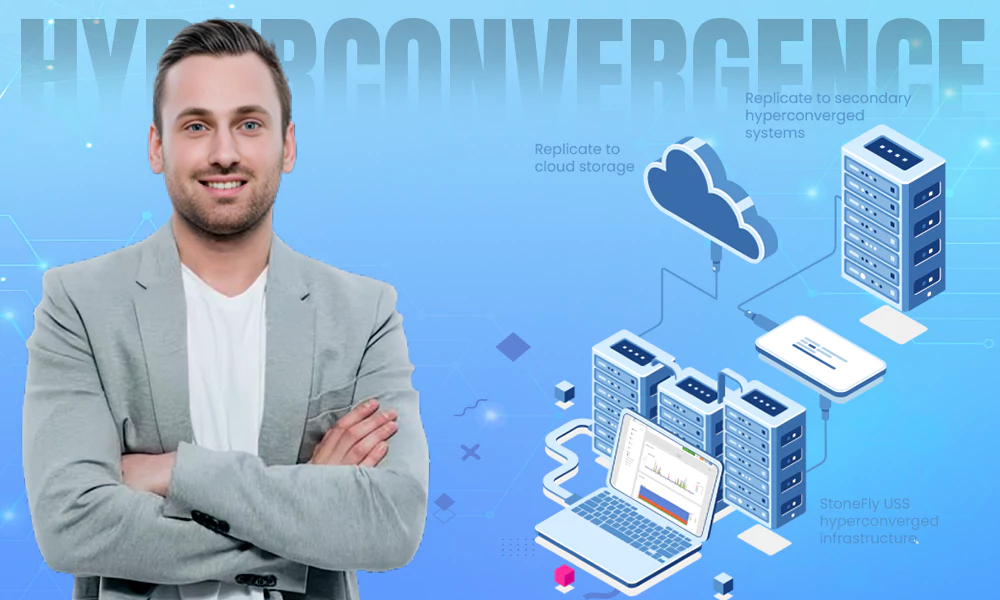Web Design Terms You Need to Add to Your Web Design Glossary

Some people might think web design is just the process of creating websites, which is true to some extent. But web design has plenty of subtopics that aren’t typically thought about when creating a site. These subtopics include elements like typography, color schemes, brand identity, navigation menus and schemes, website speed optimization, the list goes on and on. According to the New Adventure Web Design Company in St. Louis, web design can be considered both art and science, depending on who you talk to. It’s an art because it involves the creative process of visually representing ideas, concepts, and plans into reality. It’s a science because there are many rules to follow that ensure the site will function properly (i.e., valid HTML, CSS coding standards), as well as satisfy certain criteria (i.e., web standards compliance/compatibility). If you’re not up to date on the newest web design terms, then this is for you. We’ll get you up to speed on some new and useful terms.
Agile
Over the past few years, web development has started to adopt agile software development. The concept behind agile software development is that you start with a requirement and then develop the solution in small, incremental changes that are brought into production very quickly. This allows for changes to be made more easily because changes are made in small increments rather than large ones. It also allows teams to work on multiple projects simultaneously instead of waiting for something to be completed before moving on to another task.
Typically, agile software development is divided into short periods called iterations. Each iteration is used to deliver a set of working software to the customer. At the end of an iteration, the team discusses what went right and what went wrong throughout that iteration. They then can modify their process or their approach for the next iteration. This allows them to constantly improve their process while still delivering something usable at the end of each iteration.
API
An API (application program interface) is a set of functions, definitions, protocols, and tools for building software. APIs are most often associated with computer programs that make use of their services within their larger applications. This allows developers to create custom features that enhance the functionality of both the host application and the user’s specific requests for information. The API acts as a software intermediary that provides a convenient and consistent way for developers to access the services provided by the larger application.
In simple terms, an API acts as a ‘gatekeeper’ for an application’s functions and resources. To get these functions and access this data, you have to go through the API. The API will have rules on how to get data from the application and which data you will get from it. If anyone wants specific information from a system, they must abide by its rules.
CMS
A content management system is a computer application that manages the creation and editing of a website’s content. A CMS makes it simpler for a web designer to manage the design, maintenance, and organization of a website while also allowing non-technical staff members to create new content without technical knowledge. Content managers have access to features such as creating, editing, or deleting web pages from within the CMS. They also have access to formatting options such as text boxes, pull quotes, hyperlinks and images.
Back End Development
A back-end developer, sometimes abbreviated to back-end dev, usually works on the server-side of an application. They develop services that allow storage and retrieval of data, the logic for how certain content is presented, interactive user interfaces that enable input from a user.
Essentially, these are the people who make sure your site or app is stable. If you’ve ever run into problems with loading speed or failed login attempts because your system was down for maintenance – you can thank these very hardworking individuals.
Front End Development
In the current software and web development industry, front-end development acts as a bridge between the back-end and the user interface. In essence, it’s a series of tasks that are executed to bring an idea into reality.
It has been heavily influenced by the rise of the internet and the need to create websites that complimented content such as text-based documents. These sites needed to look professional and contemporary to appeal to users.
UI Design
The term UI design is pretty nebulous. It’s not just about aesthetics though, UI design is the implementation of graphical representations of an application, website, or software application to meet a certain goal. Quality design means that designers understand how to control the way users experience a product.
Next, you may consider reading: Why Do Some Websites Do Well in Terms of Rankings Well Others Don’t?










